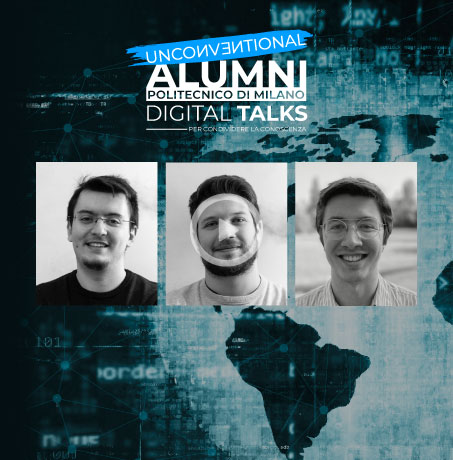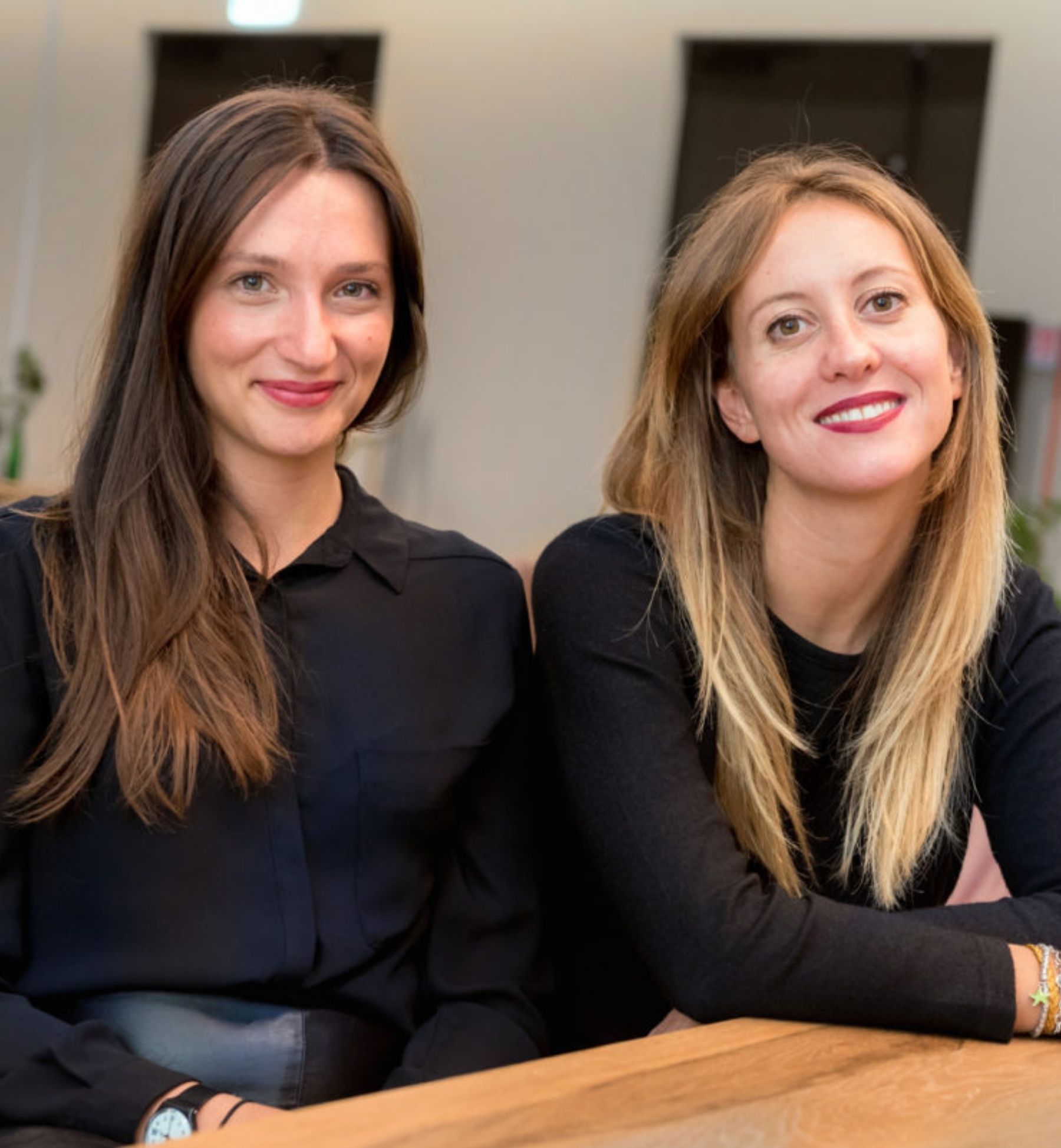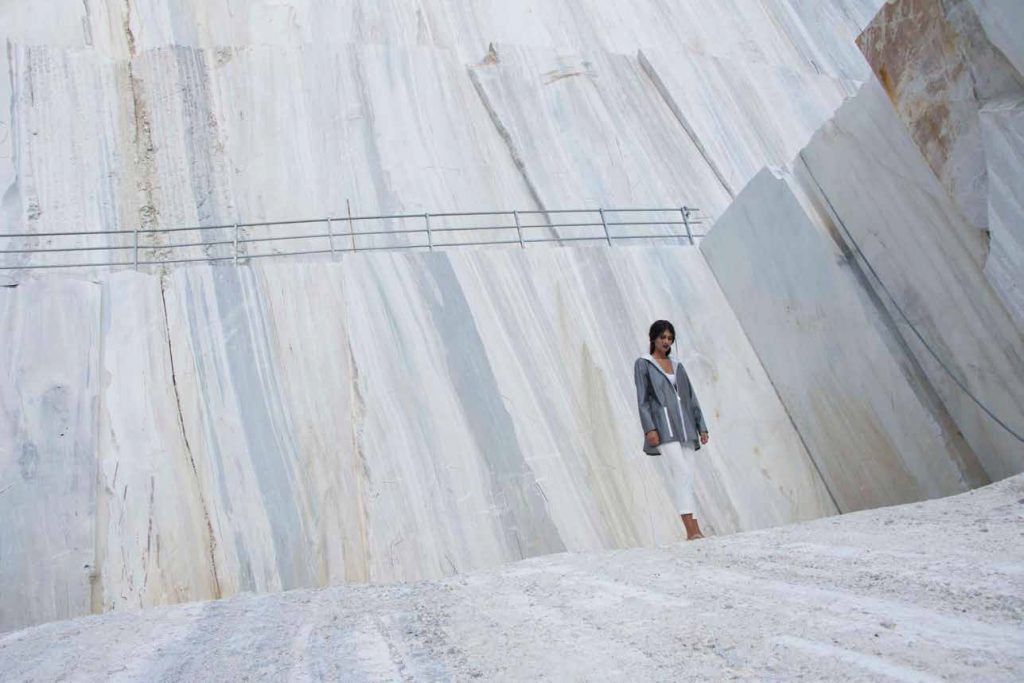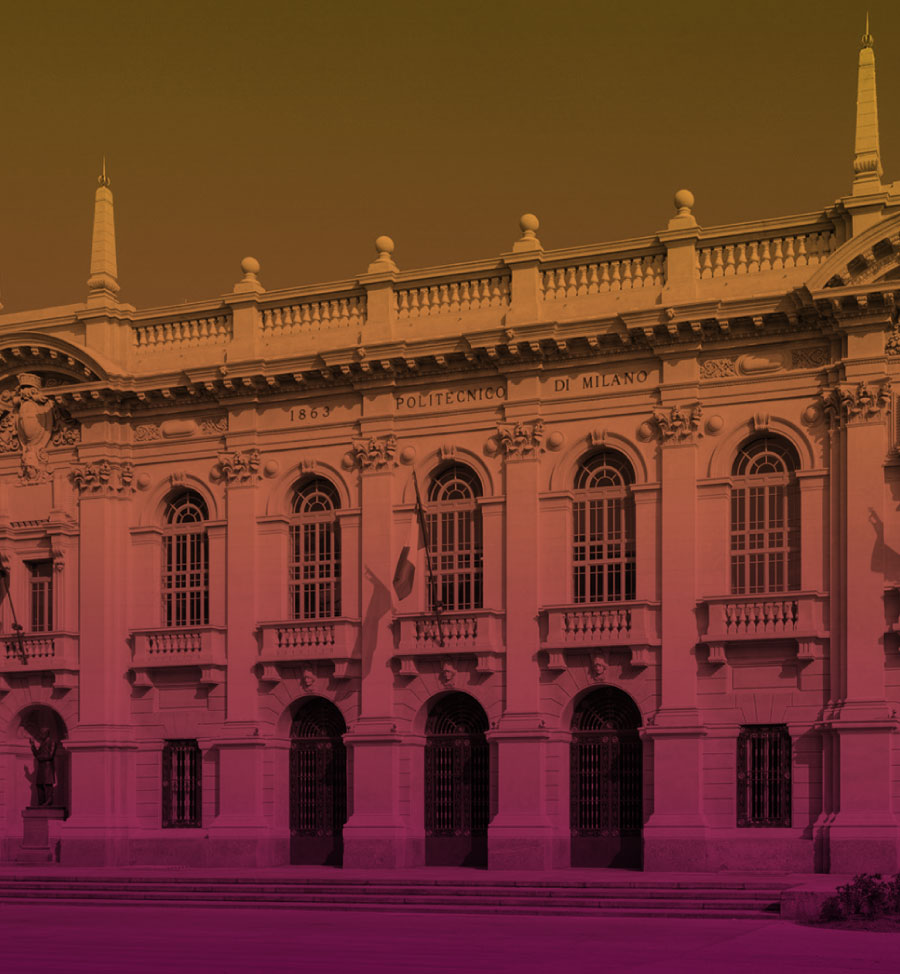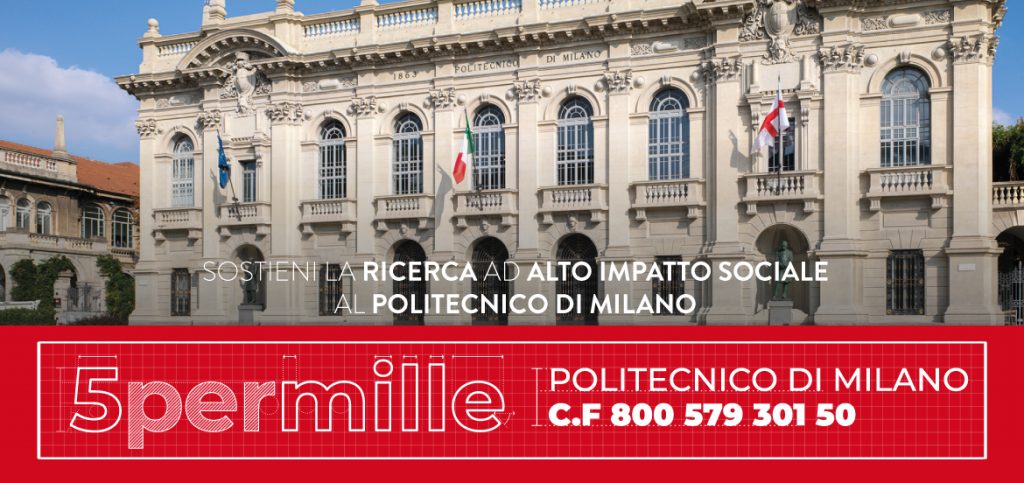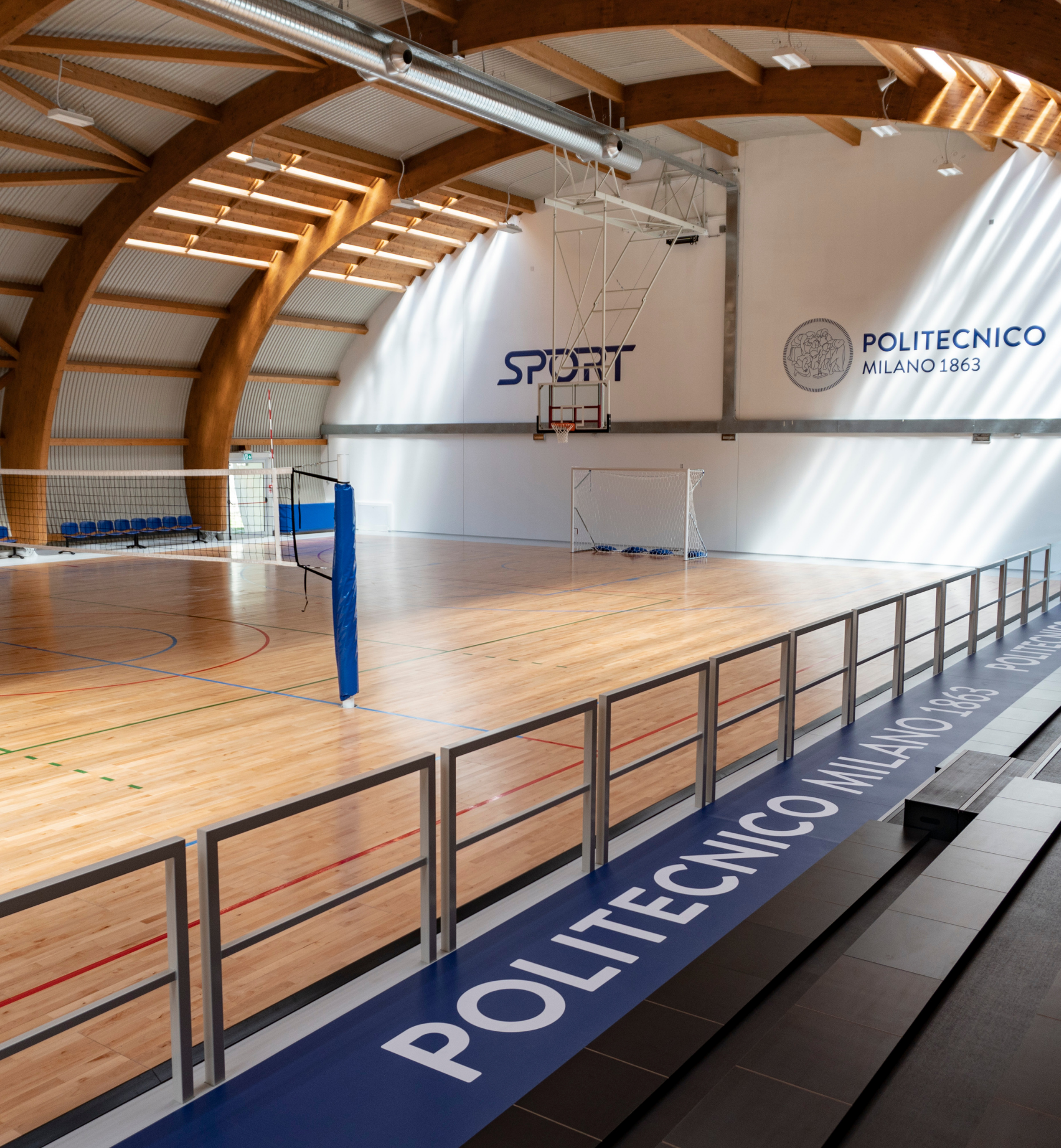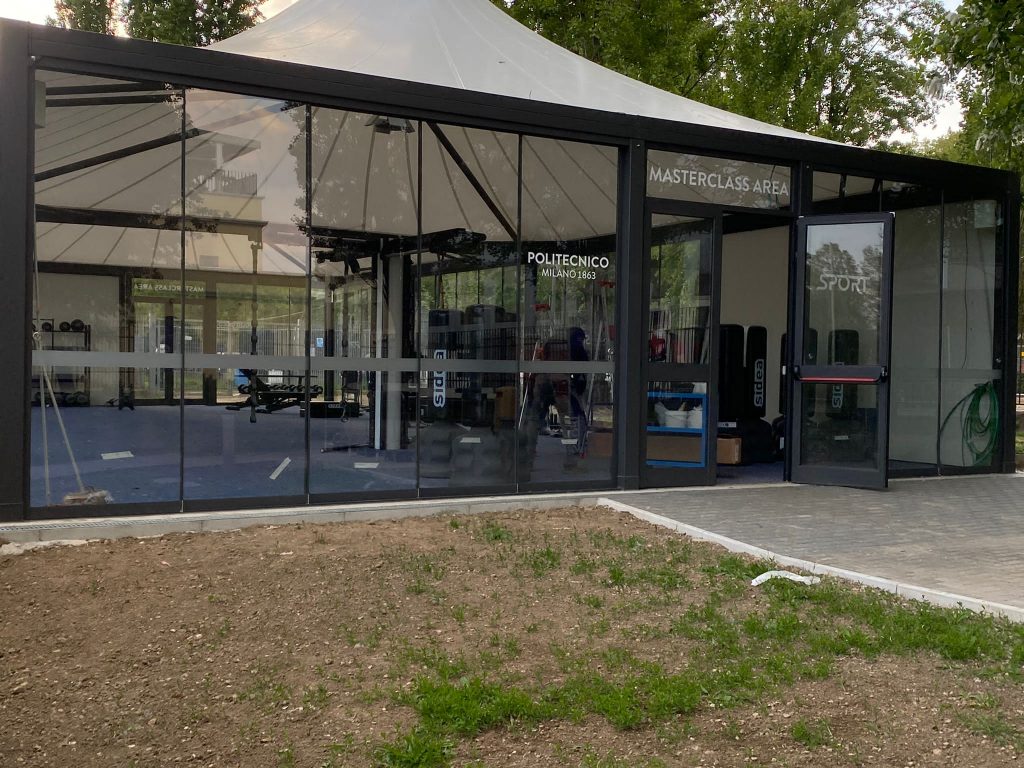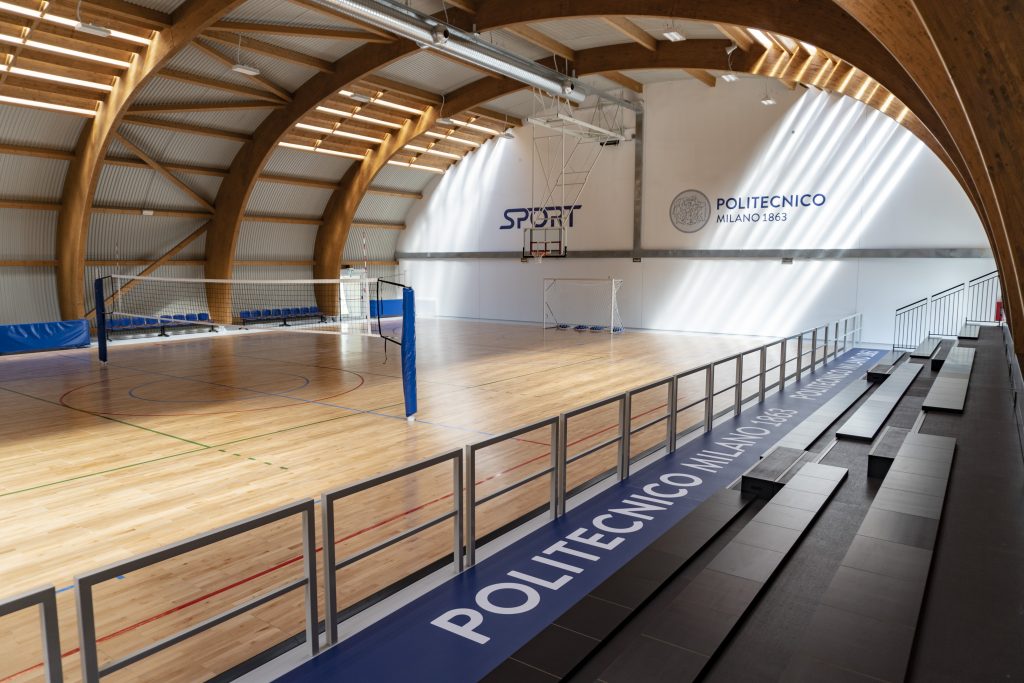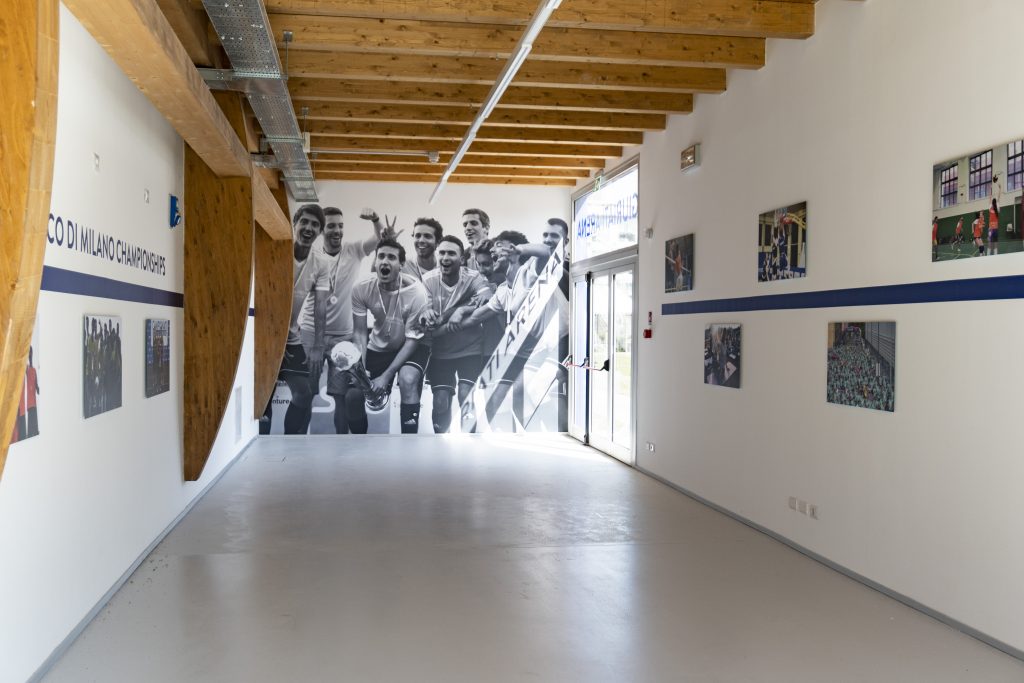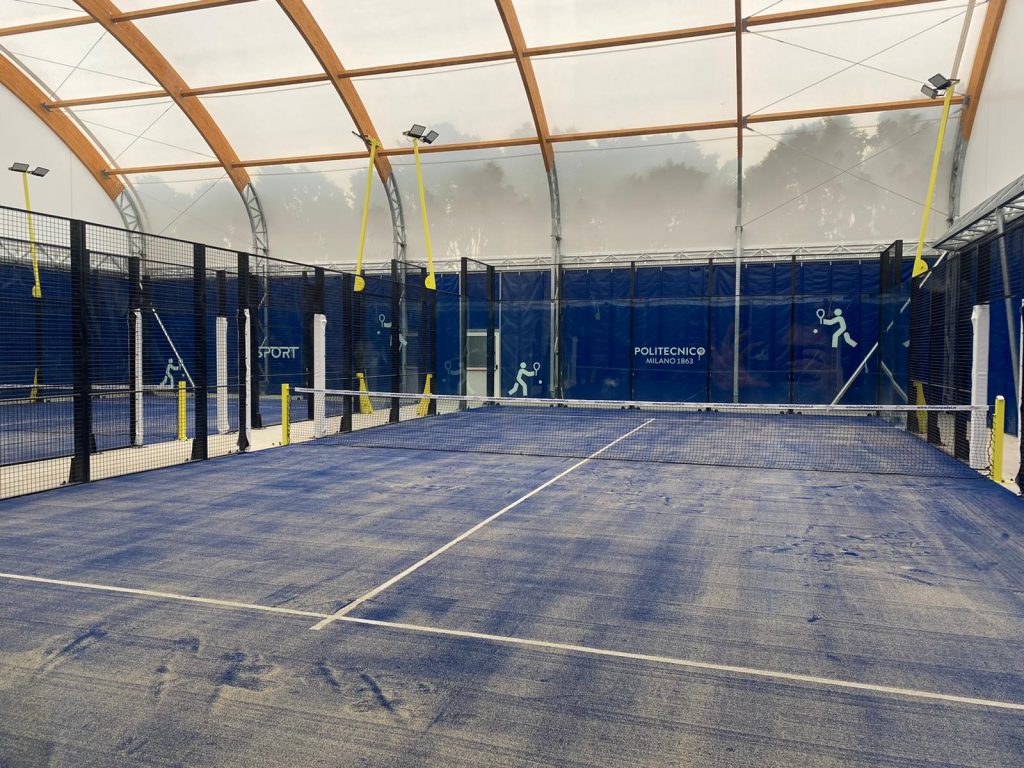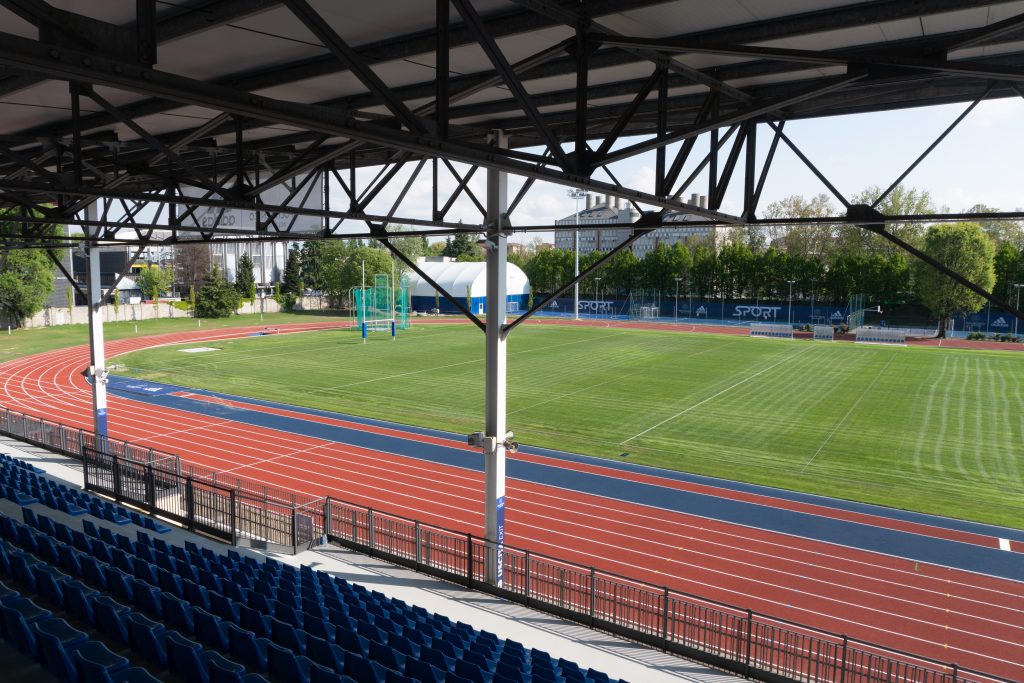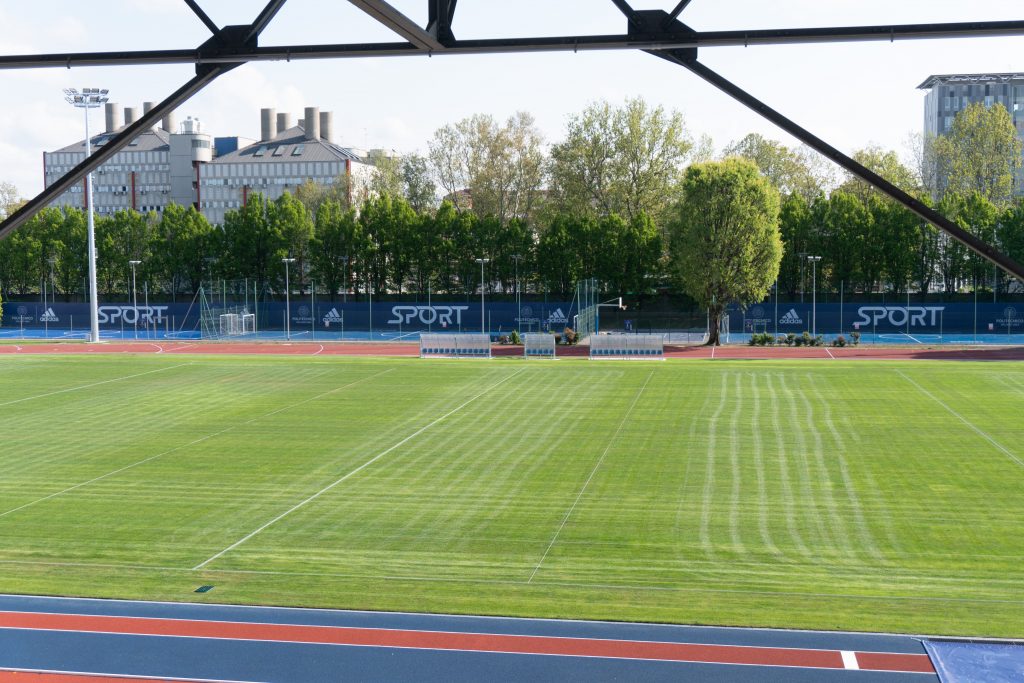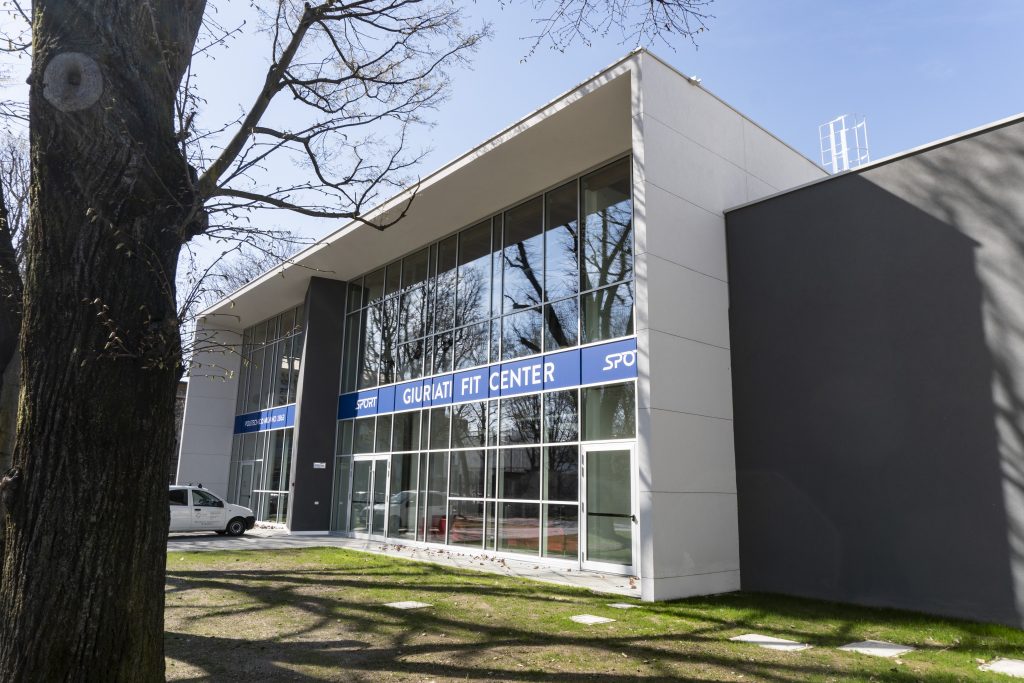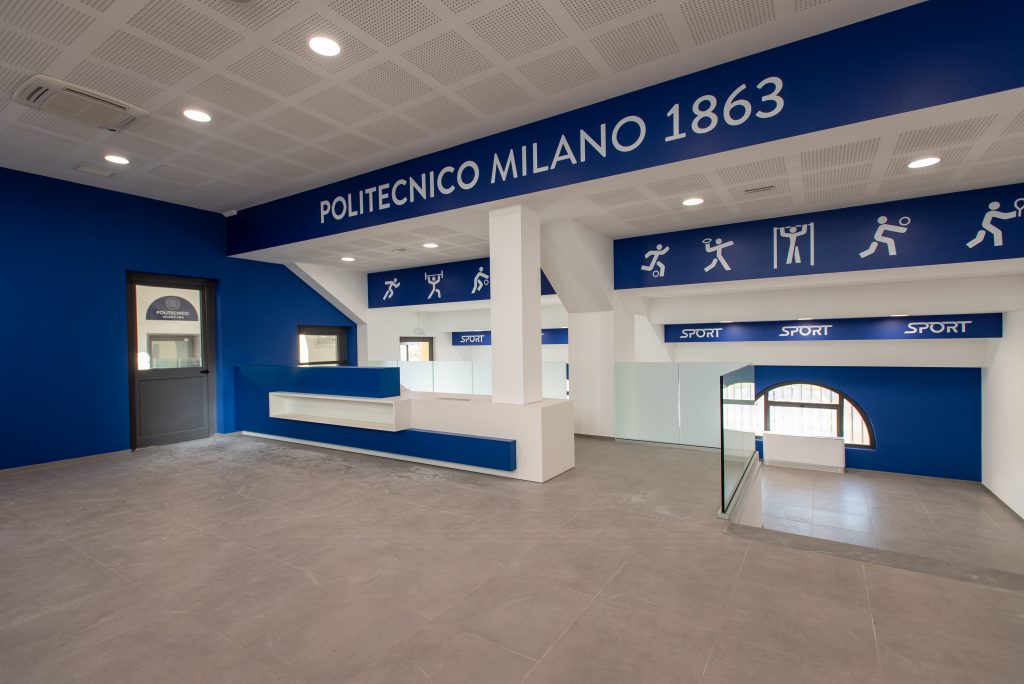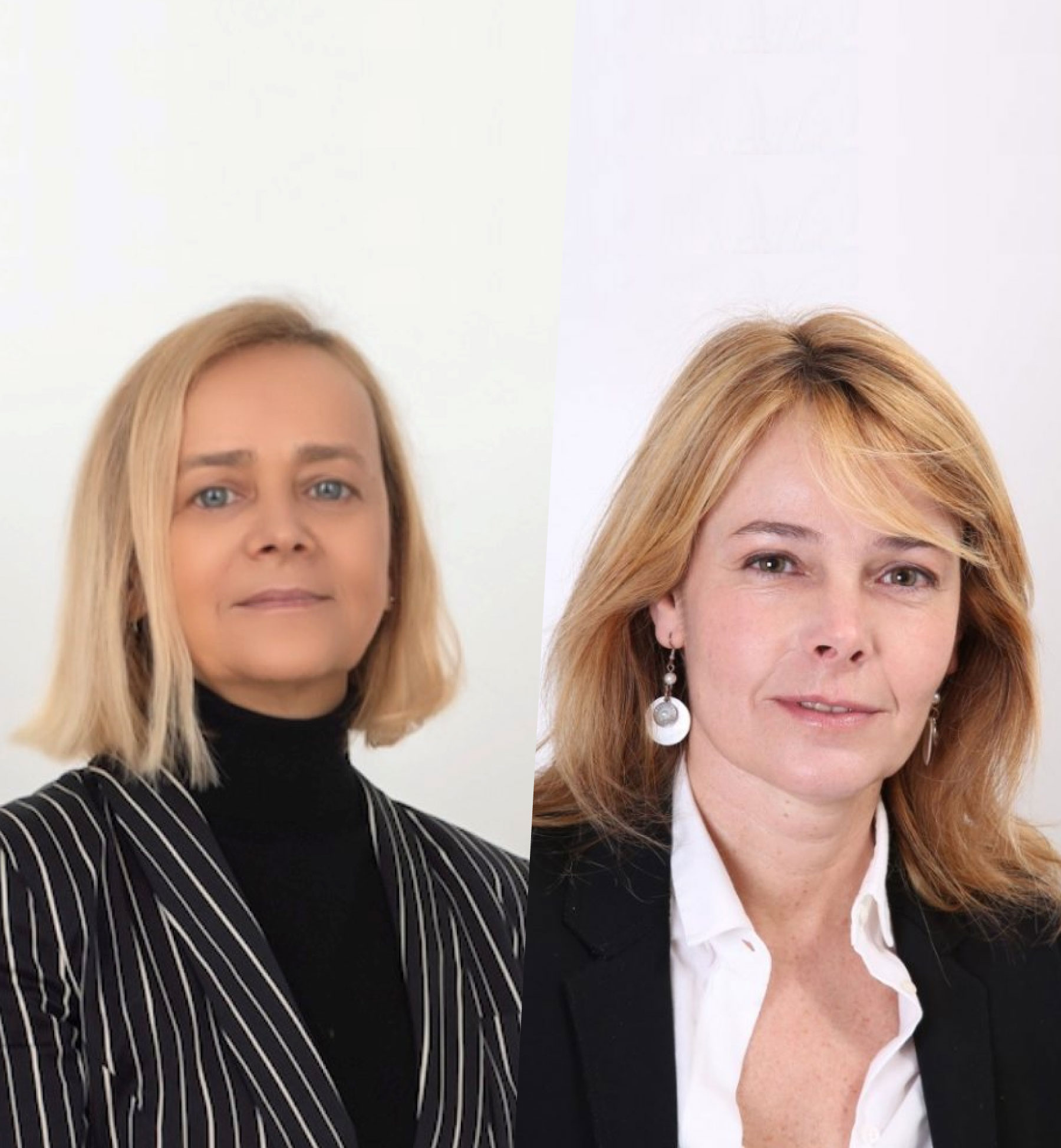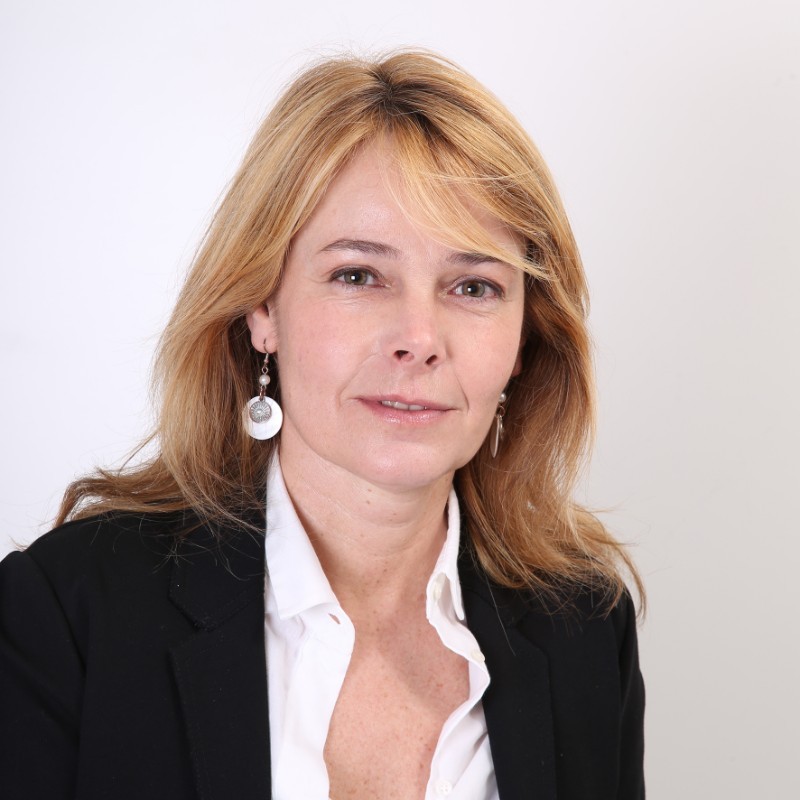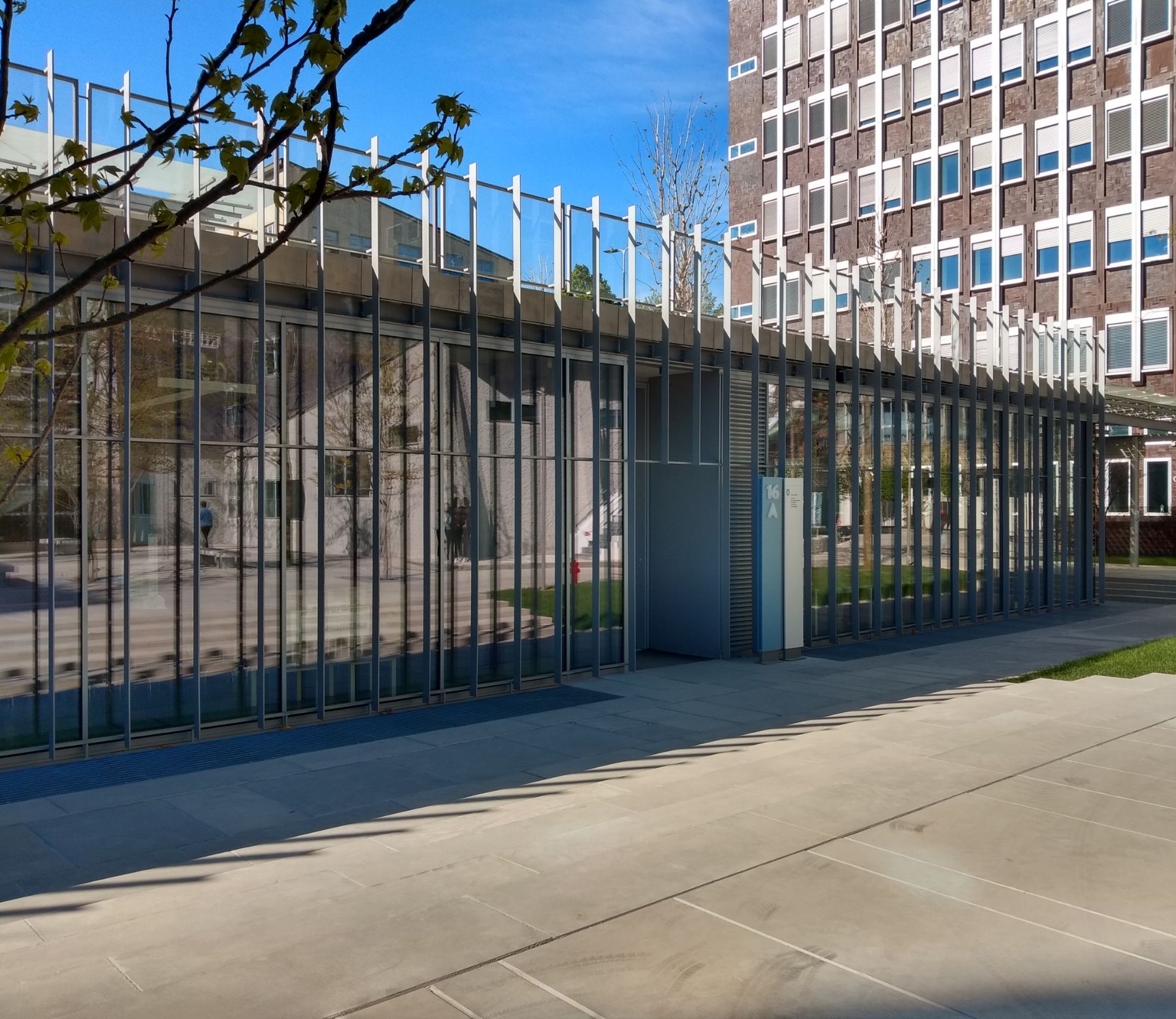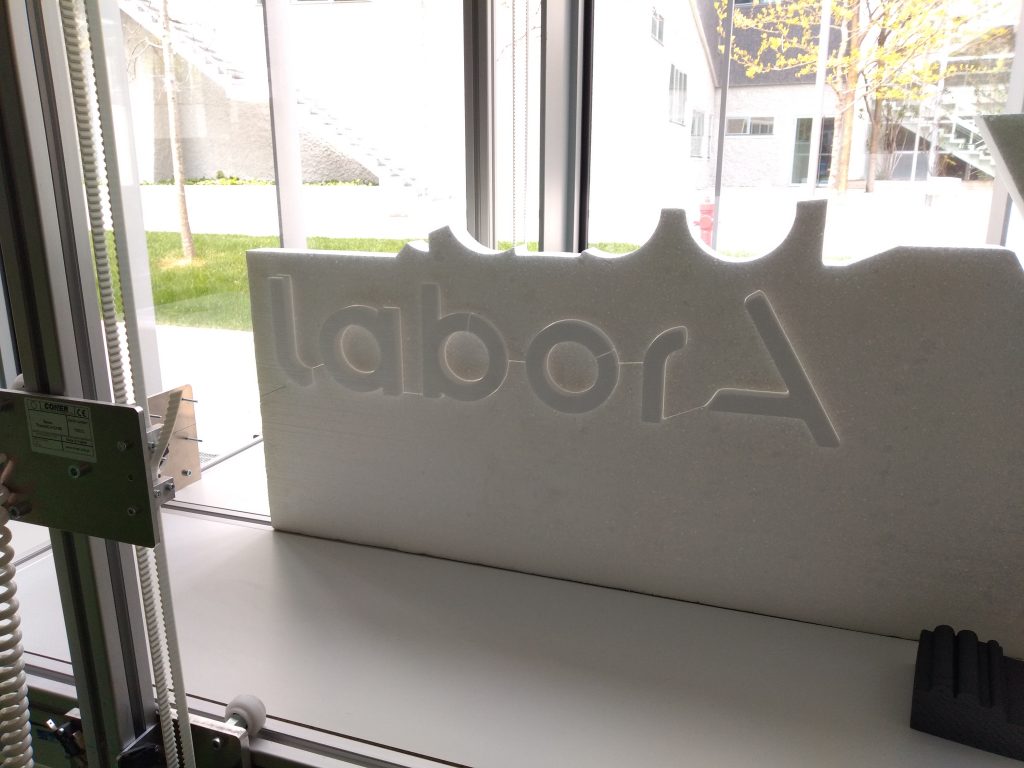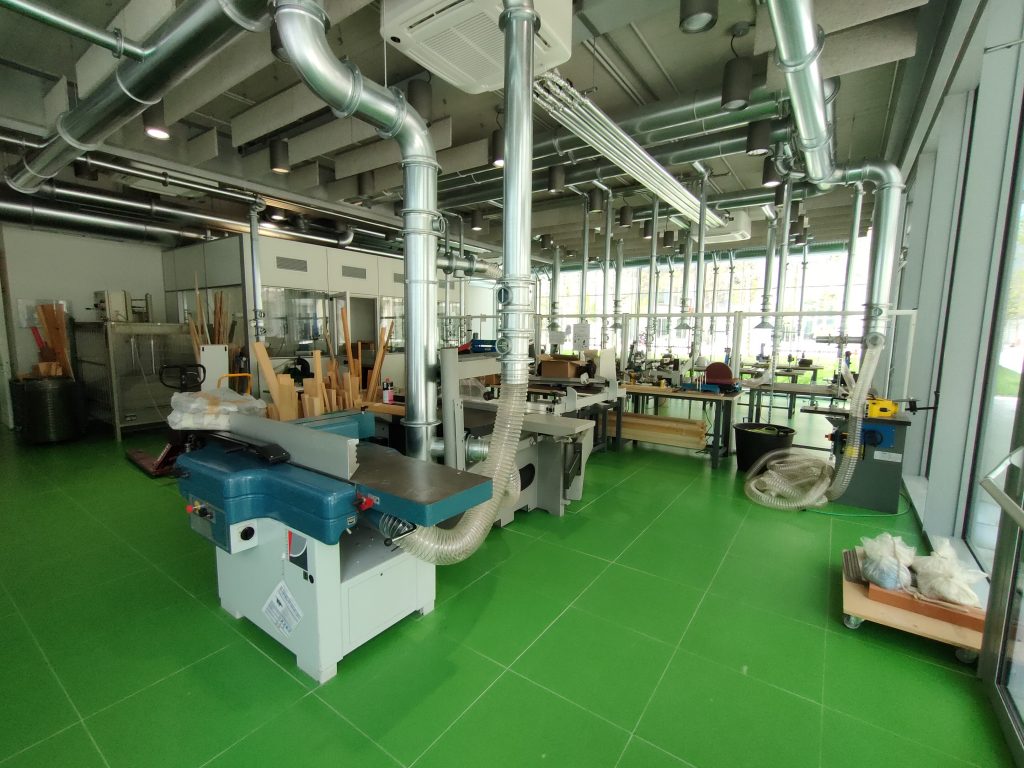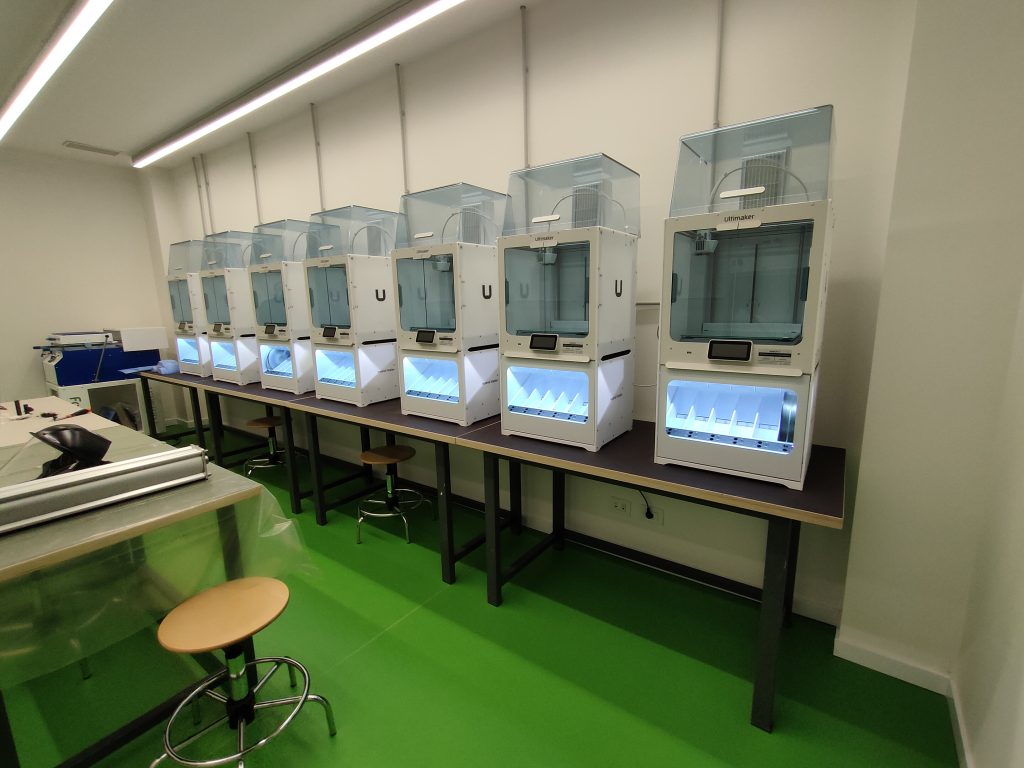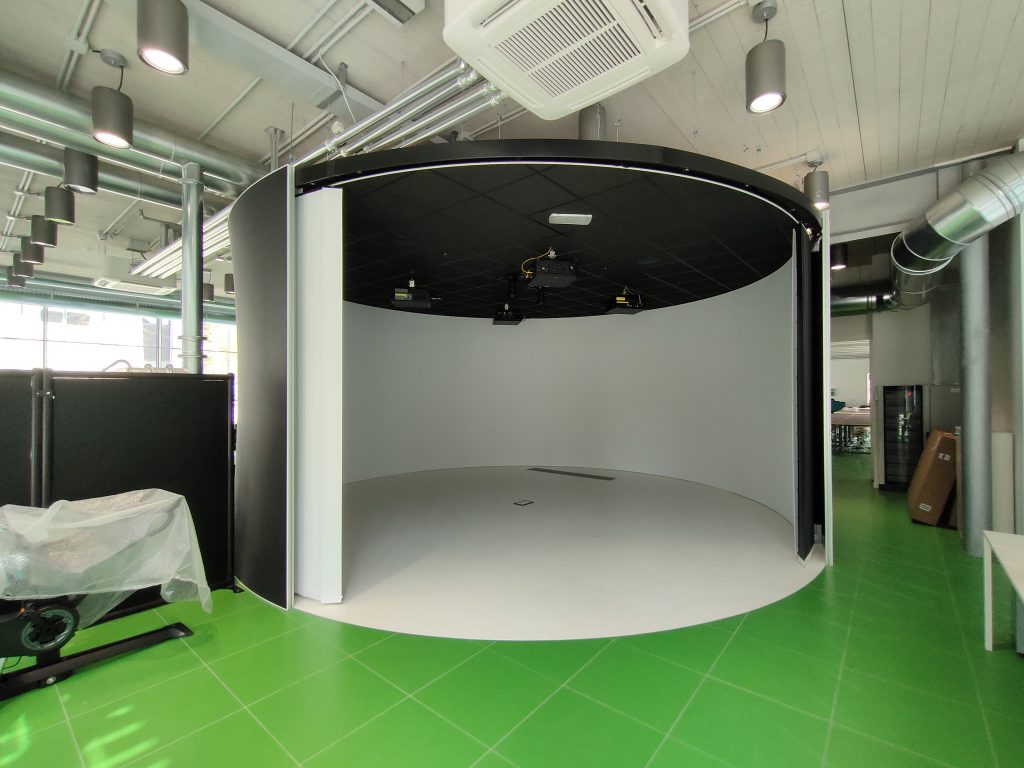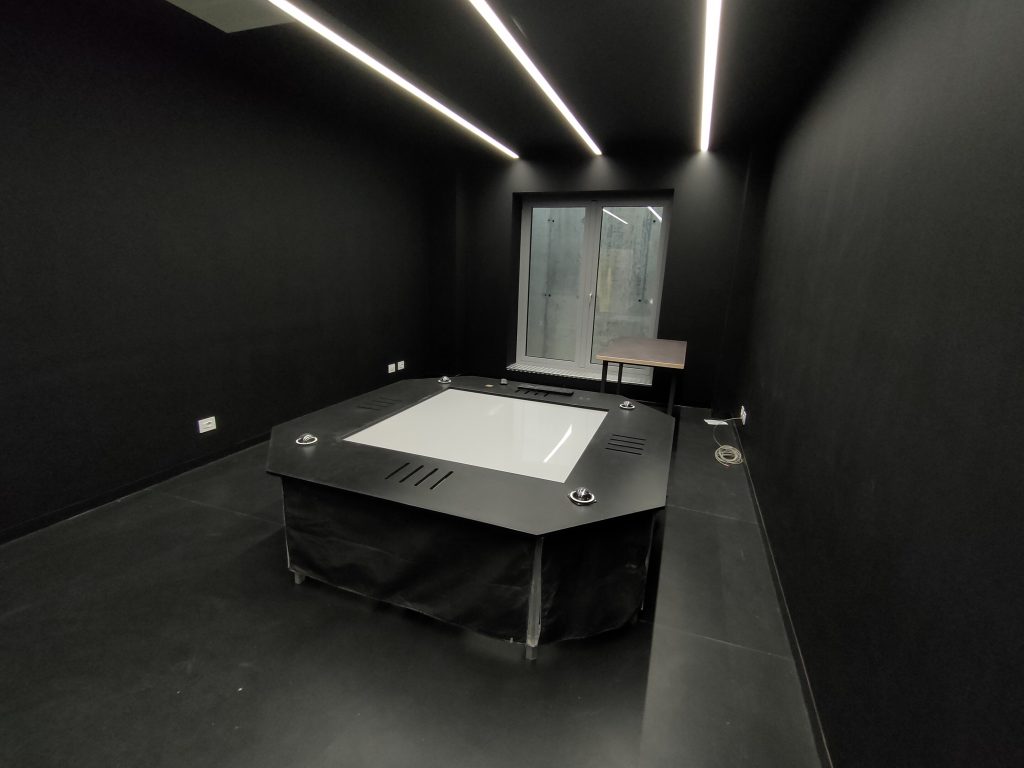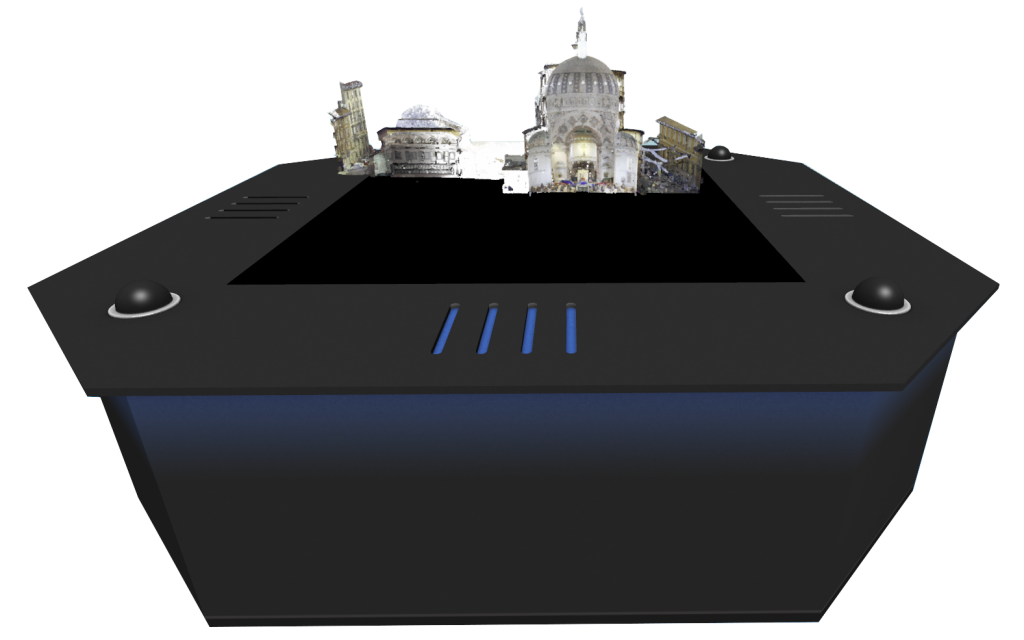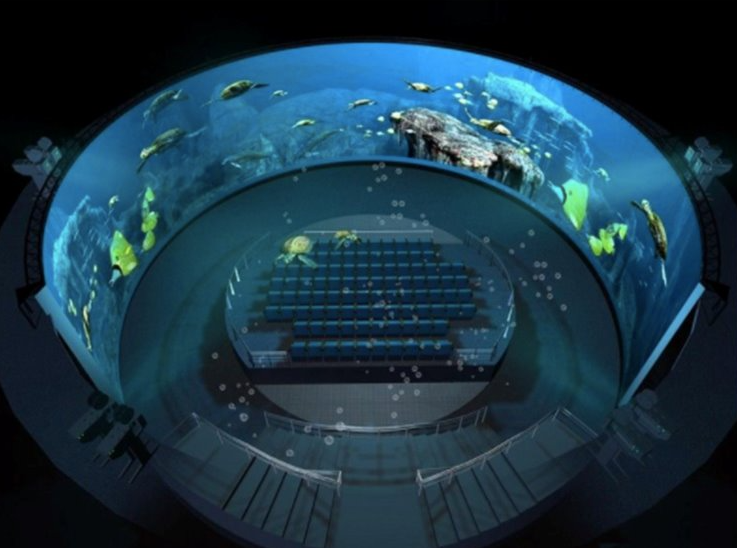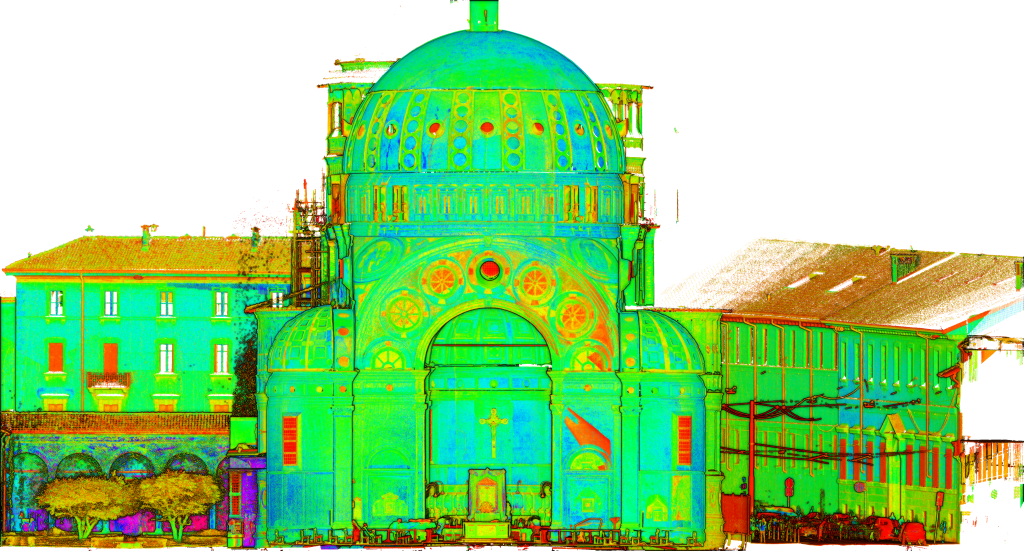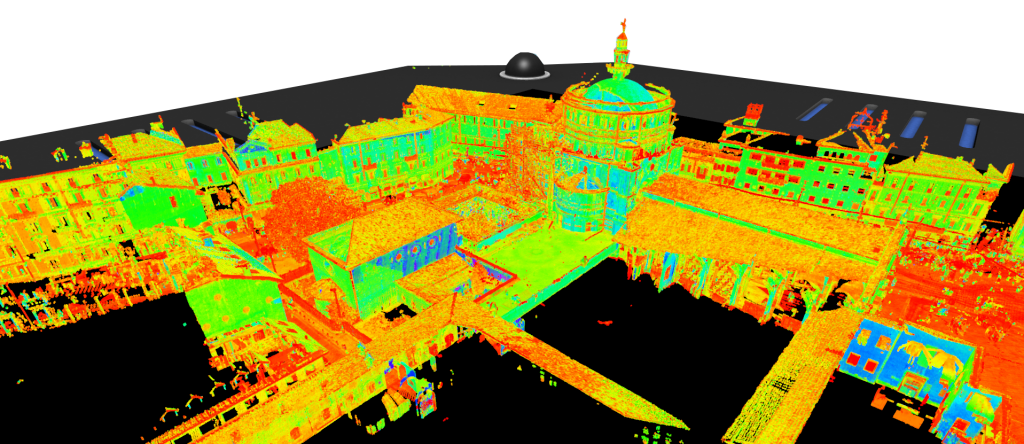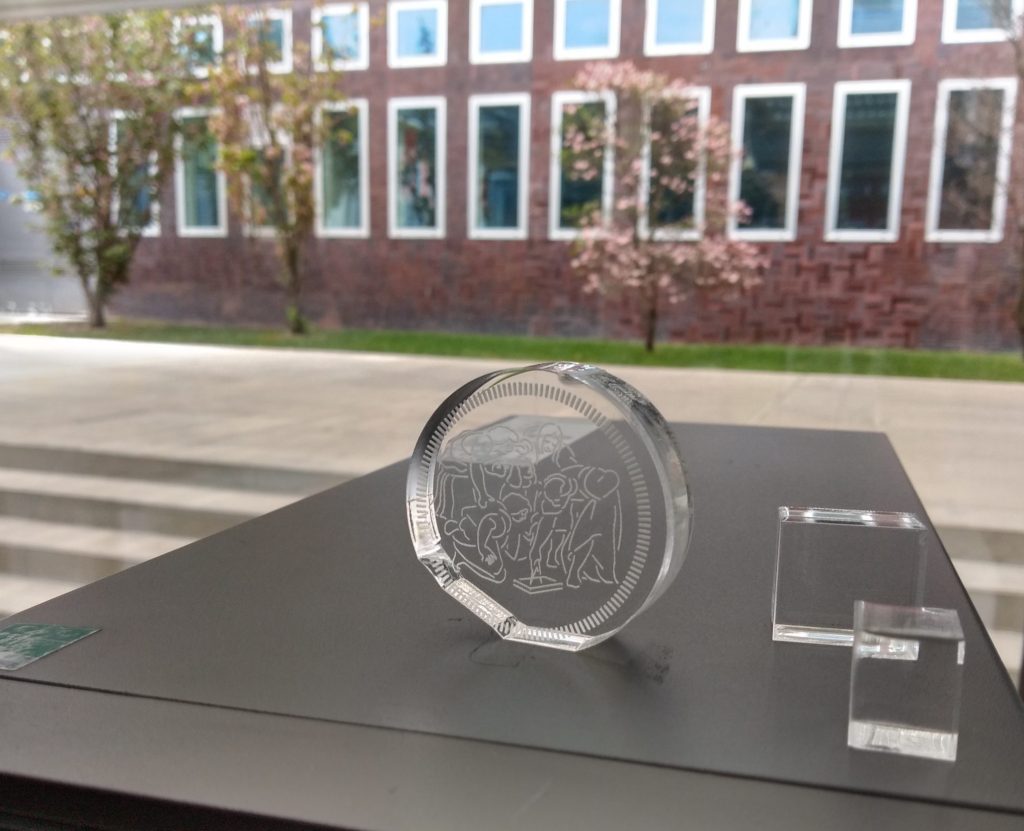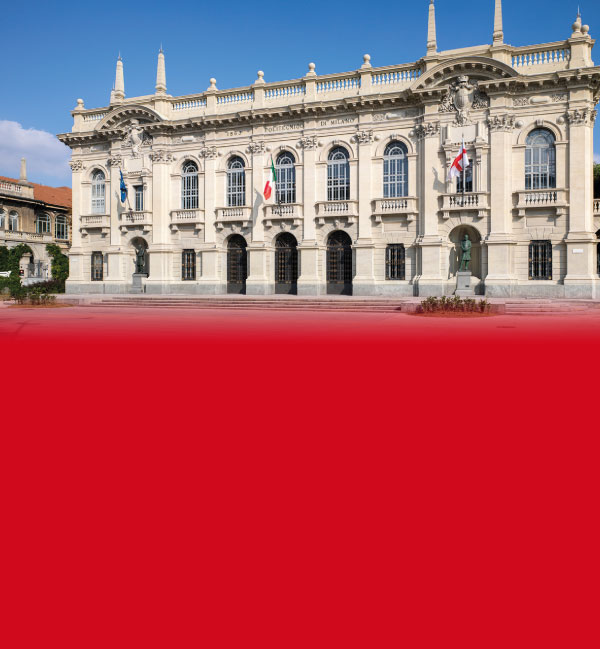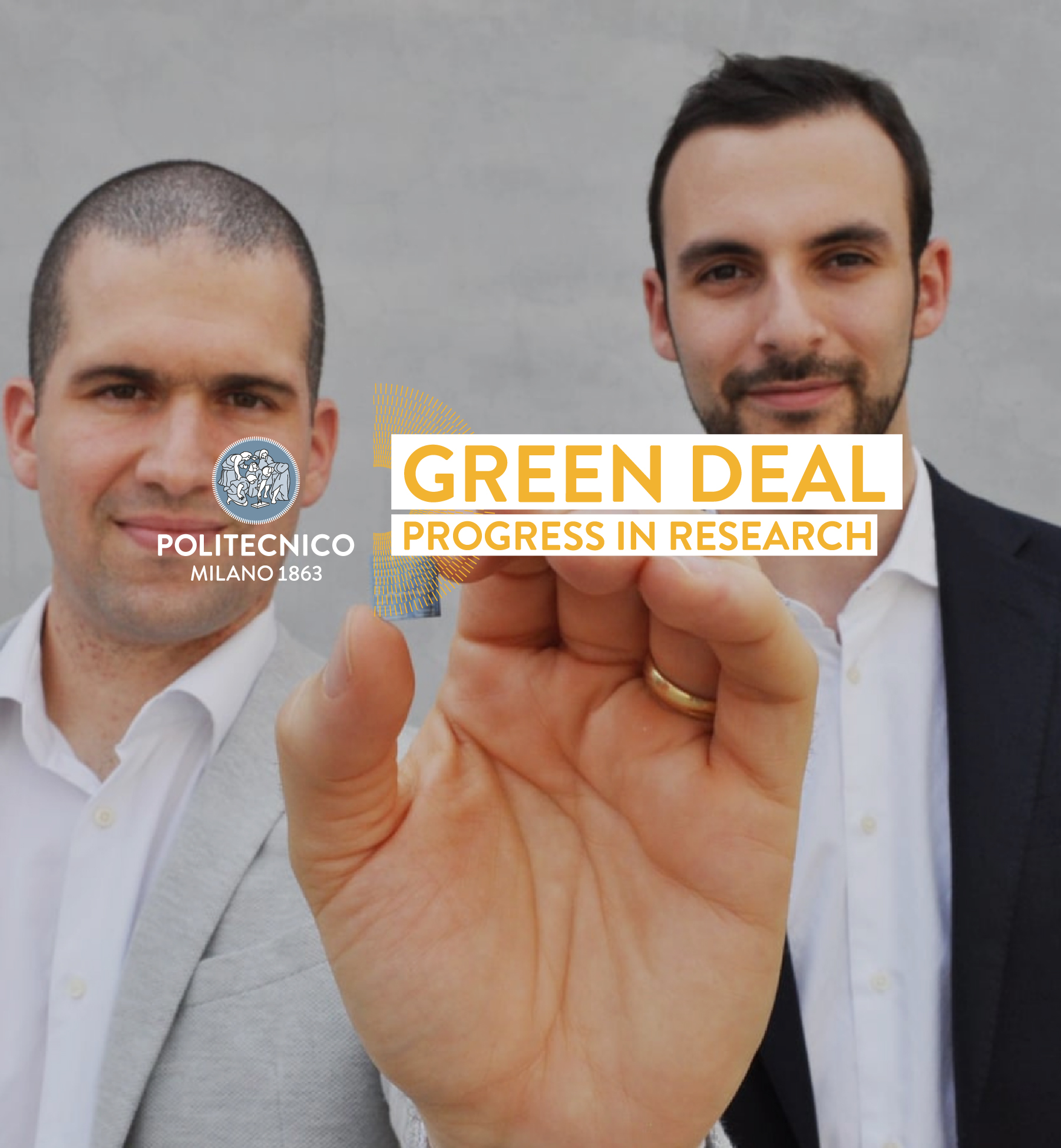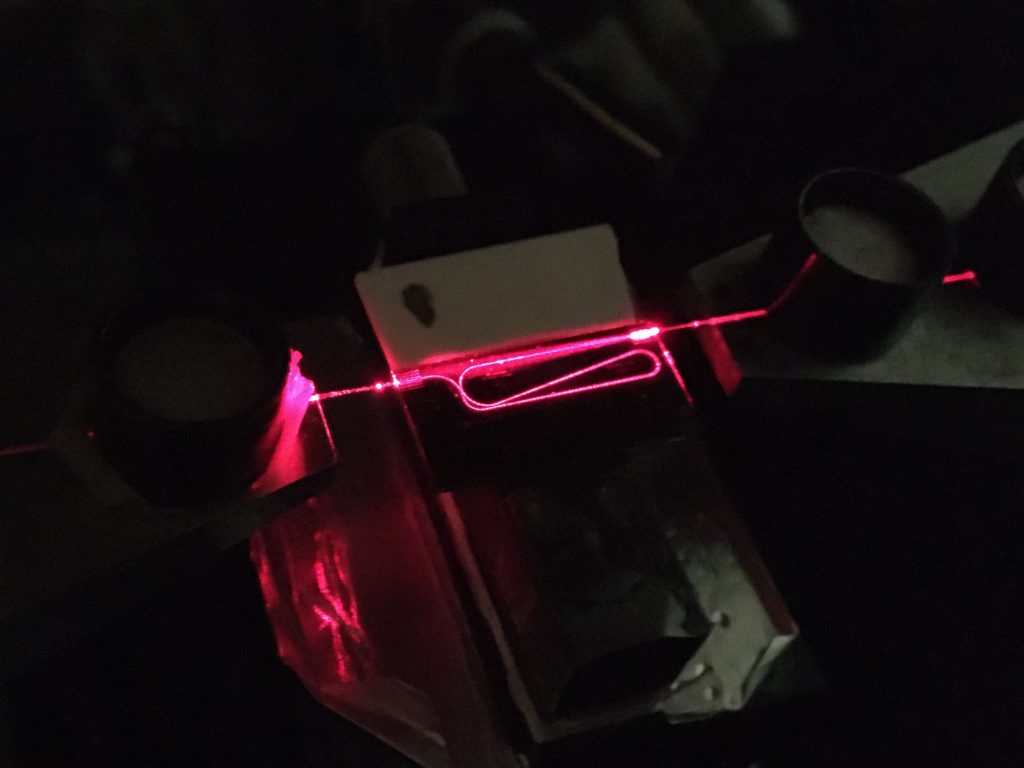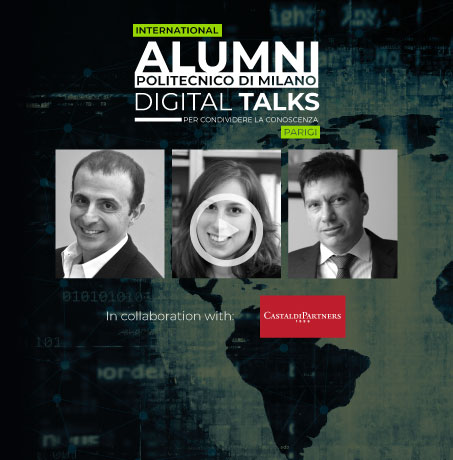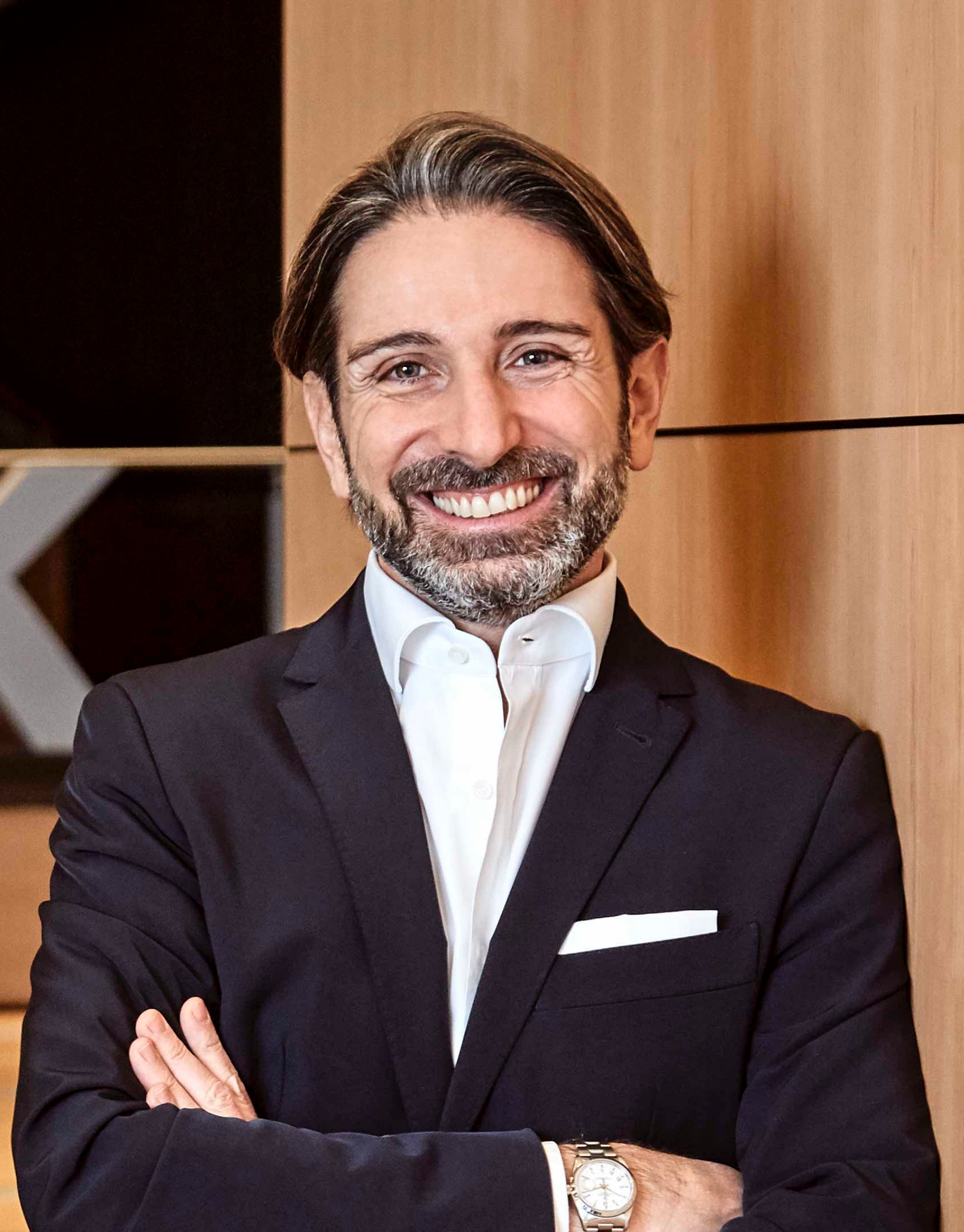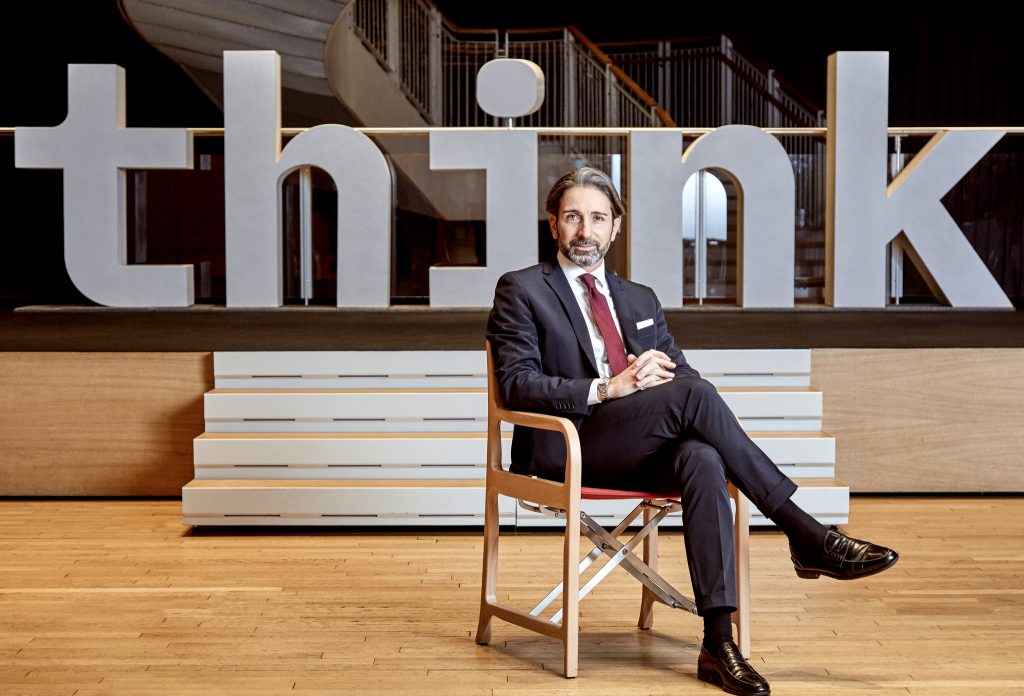To tackle the climate emergency, Europe should reach carbon neutrality before 2050: an ambitious goal but still within reach according to Alumnus Lorenzo Rosa, international research currently working for ETH Zurich and in Forbes' "30 under 30" list for his innovative research on climate change and sustainability.
"We can reach the goal in two ways: the first is to use energy sources such as wind and solar with almost zero energy impact, essentially eliminating the emission of CO 2 from our production processes; but, realistically, we must admit that there are industrial sectors in which this possibility is still very remote, for example in air transport or in steel and cement industries and in agriculture. We must act now: where decarbonisation cannot be achieved, CO 2 emissions need to be balanced. Planting forests is needed, but it is not enough: carbon dioxide must be removed from the atmosphere when it is emitted ".
A study signed by Rosa, together with another Politecnico Alumnus, Marco Mazzotti, was recently published in the prestigious Energy & Environmental Science magazine. " Assessment of carbon dioxide removal potential via BECCS in a carbon-neutral Europe ”describes the results of the research, in which it was analyzed for the first time the potential of a European-wide CO 2 removal strategy.

TO CAPTURE CARBONE DIOXIDE
“Wherever possible, it is always better to use zero impact energy sources, but, where it is not applicable, bioenergy is a preferable source to fossil fuels because it is renewable. The issue is then collecting and storing carbon dioxide, which today, for the most part, is released into the atmosphere instead. BECCS ( Bioenergy with Carbon Capture and Storage ) is a Carbon Dioxide Removal (CDR) technology, i.e. removal of carbon dioxide , known but but not very often implemented: there are two or three large plants in the USA, one in the UK and some small pilot plants in Europe ”.
It consists of capturing the CO2 produced by combustion processes and collecting it in underground storage sites, at least 800 meters below the surface, where it remains trapped and cannot be released into the atmosphere.
This study quantifies the potential of this technology and analyzes its environmental and industrial effects "with a resolution per km" : it describes the current biomass availability of European countries, plants and infrastructures already present in the area, the results that we can expect and also the potential risks that a possible “carbon market” would have in terms of soil consumption and biodiversity.
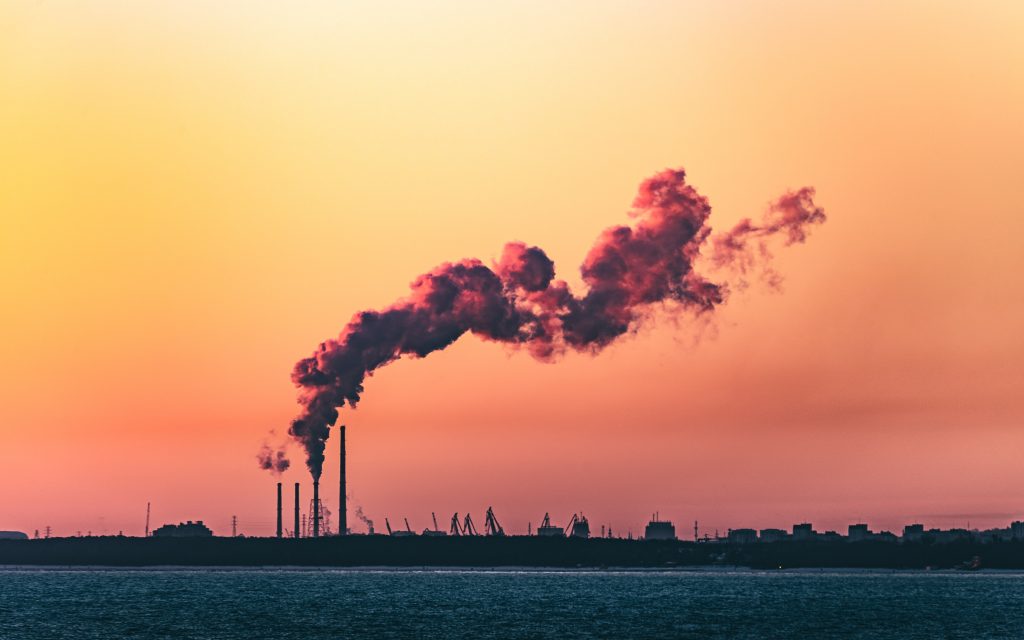
A DELICATE EQUILIBRIUM
Bioenergy is obtained from the combustion of biomass: wood, for example, or crops such as agricultural residues, but also organic waste. Biomass as an energy source is preferable to fossil fuels, both because it is renewable and because it is easier to sequester (i.e. collect) biogenic CO2 .
BECCS associates the production of bioenergy with the removal of carbon dioxide at the origin, in the same energy plant, avoiding its release into the atmosphere. “The decarbonisation objectives could direct the energy market towards bioenergy”, explains Lorenzo Rosa.
“It would be a desirable soution, but it can encounter some problems. If it becomes very convenient to produce energy from biomass, the risk is that entire territories will be taken away from forests or agricultural crops to produce this fuel . It is already happening, and the implications are dramatic in terms of deforestation and rising food prices, a problem that will only grow in the coming decades with the increase of the earth's population and which also affects very delicate geopolitical dynamics between producing and consuming countries."
The study highlights some of these aspects and directs the strategy towards the use of biomass already available as industrial, agricultural and urban waste : for example, crop waste (all the part of the plant that are not used to produce food or forage), the treatment of waste and waste water, organic waste and manure from farms, all amount to a certain bulk of biomass that can be used for energy.
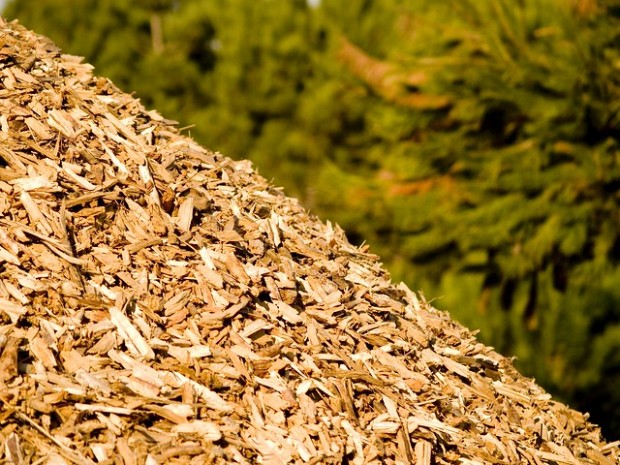
A QUESTION OF NUMBERS
To meet the 2050 deadline, it is necessary to remove 7.5 billion tons of CO 2 , or about 250 million per year for 30 years, which is equivalent to mitigating 5% of annual carbon dioxide emissions.
"5% is the minimum target : some estimates say that, to secure the planet, a much more drastic removal of 30% is needed. However, 5% is what would allow us to buy time ".
The study shows that the potential of this technology in Europe would be able to remove 200 million tons of CO 2 per year , sufficient to cover the 5% threshold , but the distribution of this potential technology is not uniform across Europe.
“Few countries have enough biomass to achieve their emission neutralization quota through BECCS. Other countries could import it, but, of course, this would lead to further production of CO 2 for the transport of this material ".
What about Italy? In Italy the total emission per year is of 400 million tons of CO2 per year. Biomass already available for energy production would allow only 2% of emissions to be mitigated (data are from 2018). That leaves a minimum of 3%: so Italy will have to develop other alternative carbon capture strategies."
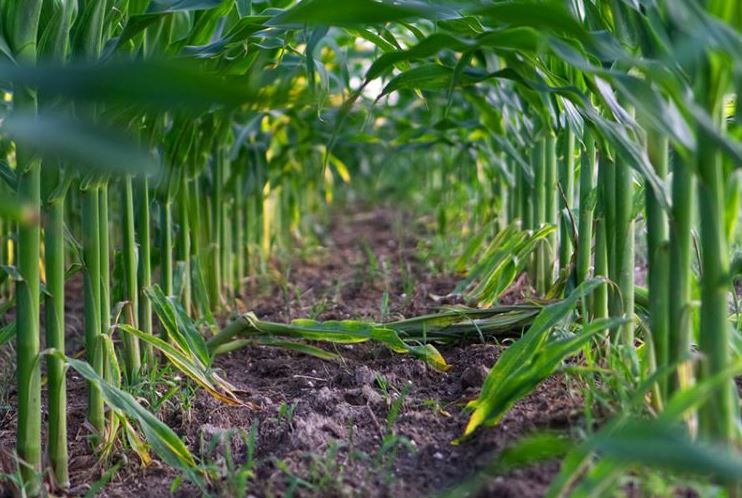
Credits header: planetarenewables.com



